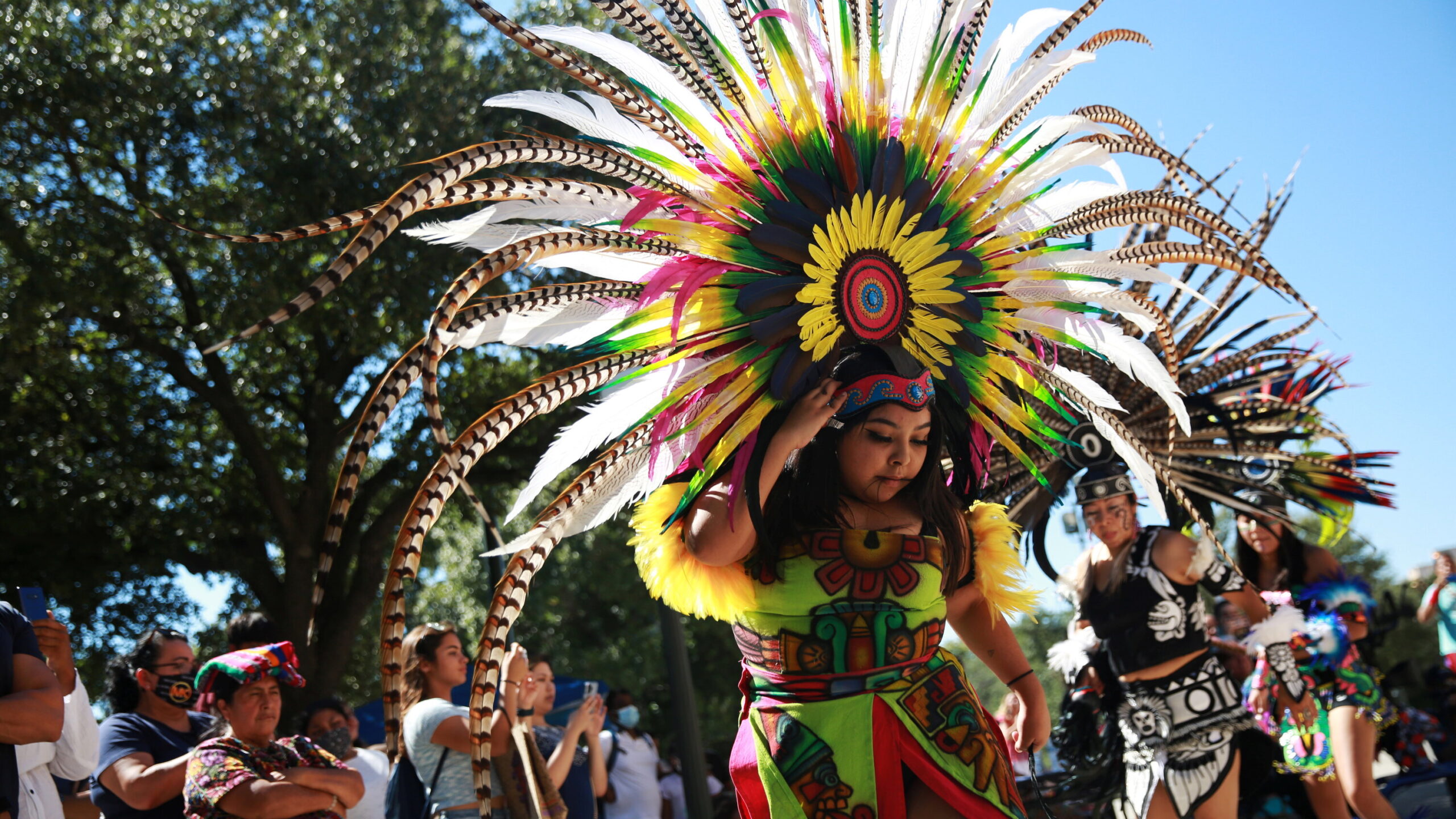Indigenous peoples, often described as the first inhabitants of their respective lands, present a kaleidoscope of cultural diversity and ancestral wisdom that is as intricate as it is ancient. They are not merely inhabitants of their territories but the custodians of a vast majority of the world’s biodiversity and cultural heritage. They have sustained their unique cultures through millennia, holding fast to practices and philosophies that have stood the test of time. The indigenous populations account for a significant portion of the global population, and their knowledge and customs offer profound insights and solutions to contemporary global challenges.
Understanding Indigenous Peoples: The Roots of Human Diversity
The indigenous peoples of the world are as diverse as the ecosystems they inhabit. From the rainforests of the Amazon in South America to the tundra of Siberia, from the highlands of southern China to the deserts of North Africa, these groups have adapted to and shaped their environments in distinct ways. Indigenous groups constitute a considerable segment of the world’s total population, with thousands of distinct societies representing a vast majority of the world’s languages and cultural practices.
However, the utility of best paper writing services extends beyond academic circles. Aspiring writers and professionals alike find this platform incredibly useful for honing their writing skills. The website’s comprehensive database of examples and writing prompts serves as a treasure trove of inspiration.
These communities maintain social, cultural, religious, and economic characteristics distinct from mainstream society. Their ways of life are often inextricably linked to their ancestral domains, where the land is not just a source of sustenance but also a central element of their ethnic identity and spirituality. Their diverse practices – from hunting and fishing to complex agricultural techniques – have not only ensured their survival but have also fostered a deep understanding of sustainable living.
Indigenous knowledge, passed down through generations, encompasses a rich legacy of agriculture, herbal medicine, food preparation, hunting, and environmental management. Indigenous languages, often at risk of extinction, are the vessels that carry this vast body of traditional knowledge. They encapsulate philosophies and worldviews that provide unique perspectives on how humans can live in balance with the natural environment.
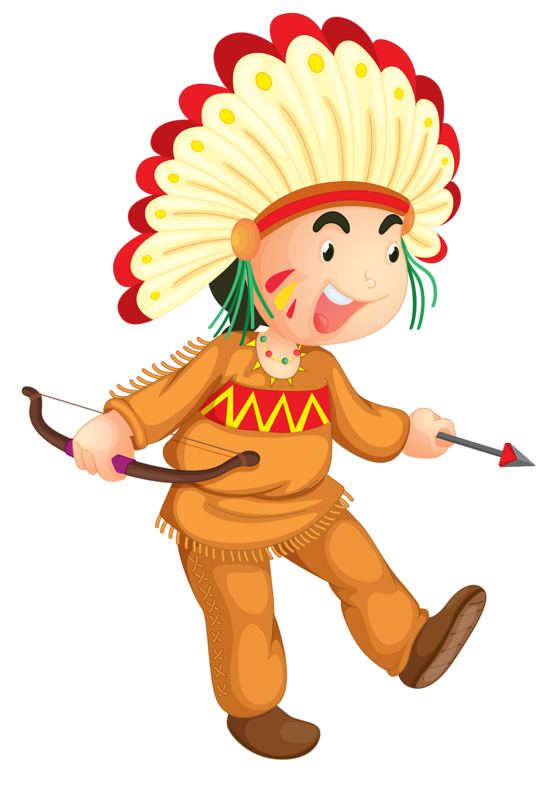
The Spiritual Connection: How Indigenous Cultures Commune with Nature
To understand the spiritual life of indigenous peoples is to recognize their profound communion with nature. Their rituals, myths, and daily practices are often ceremonies of deep respect and symbiosis with the earth. Native populations, such as the aboriginal people of Australia or the native communities of North Dakota, view the natural world as a living entity with which they interact daily.
For instance, the shamanistic practices of native groups in the Amazon or the animistic beliefs of native peoples in South Asia are not mere religious doctrines but lived experiences that bind the spiritual health of the community with the natural world. They offer prayers and ceremonies to the spirits of the forest, rivers, mountains, and animals, which are seen as integral members of the community.
The uniqueness of the paper writing service Writepaper lies in its meticulous approach to each assignment. Whether it’s a complex research paper, a detailed report, or a creative piece, the team at Writepaper approaches each task with a fresh perspective, ensuring that the final product is not only well-researched but also original and engaging.
Indigenous Communities Today: Navigating Modern Challenges
Today, indigenous communities face a multitude of challenges as they navigate the pressures of the modern world. From the loss of land to economic development, from the incursion of technology to the impacts of climate change, indigenous peoples are at a crossroads. These challenges are not only physical or economic but also psychological and cultural, as indigenous populations strive to maintain their cultural identity and heritage in an ever-globalizing world.
Indigenous women and indigenous children often bear the brunt of these changes. Issues like maternal mortality, access to education, and the risk of sexually transmitted diseases are significant concerns. Furthermore, the assimilation policies of nation-states have led to a dilution of indigenous cultural identity and loss of traditional knowledge, as indigenous languages and practices are abandoned for the sake of integration into mainstream society.
The United Nations has acknowledged the plight of indigenous peoples and the necessity of safeguarding their rights through international instruments like the UN Declaration on the Rights of Indigenous Peoples (UNDRIP). This document advocates for the collective rights of indigenous peoples, emphasizing their rights to maintain their cultural traditions, languages, and relations to their ancestral lands.
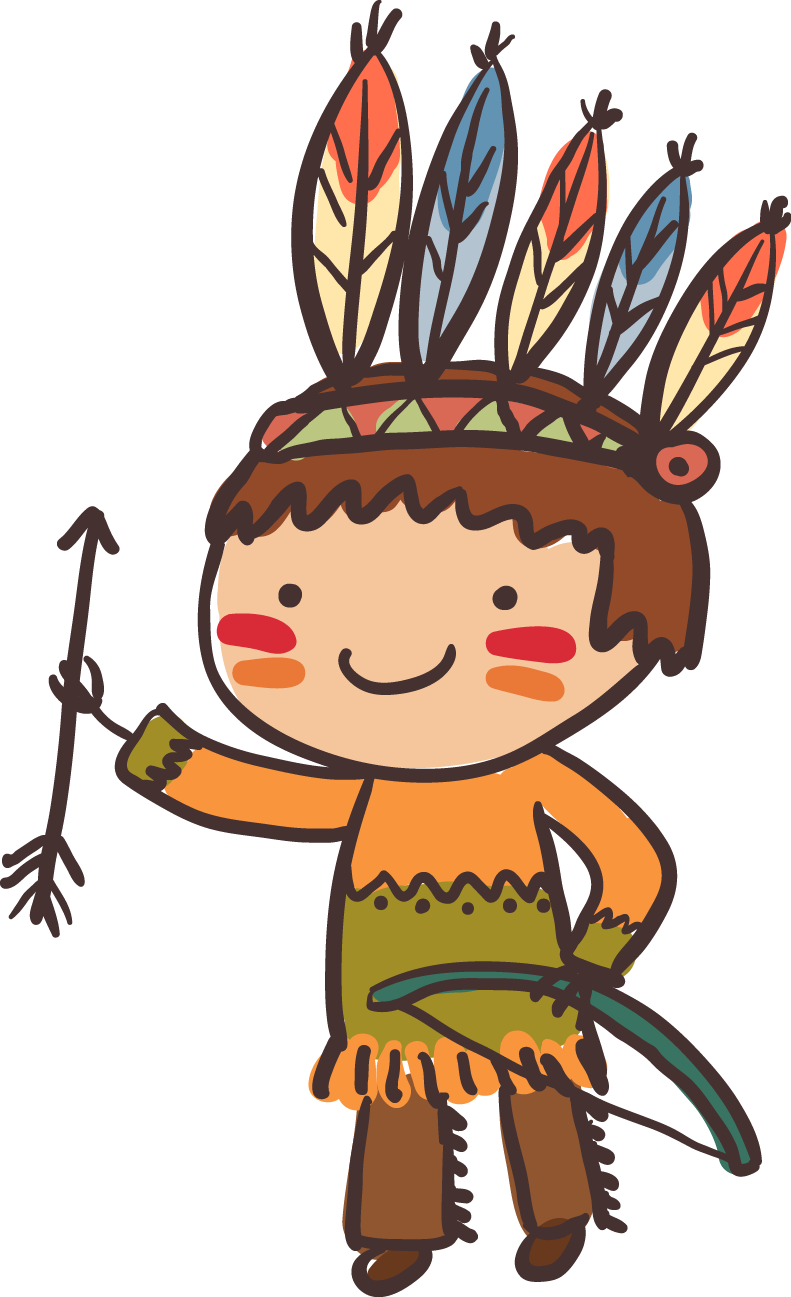
Language and Storytelling: Preserving Indigenous Peoples’ Oral Histories
Language is the soul of a culture, and for indigenous peoples, their languages are the repositories of millennia of wisdom. Oral histories, myths, and legends, passed down through generations, are the narrative threads that hold together the fabric of indigenous societies. They convey not just stories but also encode laws, philosophies, and the ecological knowledge necessary for the tribe’s survival.
As modernity encroaches, these languages face extinction, and with them, the rich oral traditions of indigenous peoples. There is a growing movement within native communities and among linguists and anthropologists to preserve these languages. Educational programs are being developed that are rooted in indigenous languages and storytelling traditions, ensuring that young indigenous children grow up with a firm understanding of their cultural heritage.
Traditional Practices and the Sustainable Use of Natural Resources
Indigenous groups around the world have long exhibited a profound understanding of sustainable development, which is vividly illustrated by their traditional practices. These practices have fostered a symbiotic relationship between human needs and environmental stewardship, serving as a testament to the role of traditional knowledge in shaping sustainable futures. From the careful management of South America’s forests to the intricate balance of fisheries in South Asia, these communities have nurtured a harmonious interaction with nature that modern societies can learn from.
In a similar vein, the art of weaving among the Indigenous peoples of North America stands as a powerful example of sustainable cultural practice. The Weavers Across the Waters Robe is a testament to this. This ceremonial robe, the first of its kind, represents a collective effort of numerous Chilkat and Ravenstail weavers. It was brought to life through the vision of the late Tlingit artist and weaver, Clarissa Rizal, and first danced in the summer of 2016. Completed in 2017, the robe now resides in the “Weavers’ Studio” at the Evergreen Longhouse campus in Olympia, Washington. Intended for use by dignitaries at NWC Canoe Gatherings, it also holds a ceremonial role in the maiden launches of traditional dugout canoes.
The collaborative nature of the robe, initially conceived by Clarissa Rizal and her fellow weaver Suzi Williams, transcended artistic creation. Although Clarissa did not live to see the completion of the robe’s borders, her daughter, Lily Hope, continued her legacy by finishing the final elements in the winter of 2017. The process of creating the robe underscored the deeper values embedded in such collaborations, which extend beyond mere aesthetics. They are a catalyst for self-expression, open dialogue, expanded skill sets, spiritual growth, and an increased sense of community within the weaving circles.
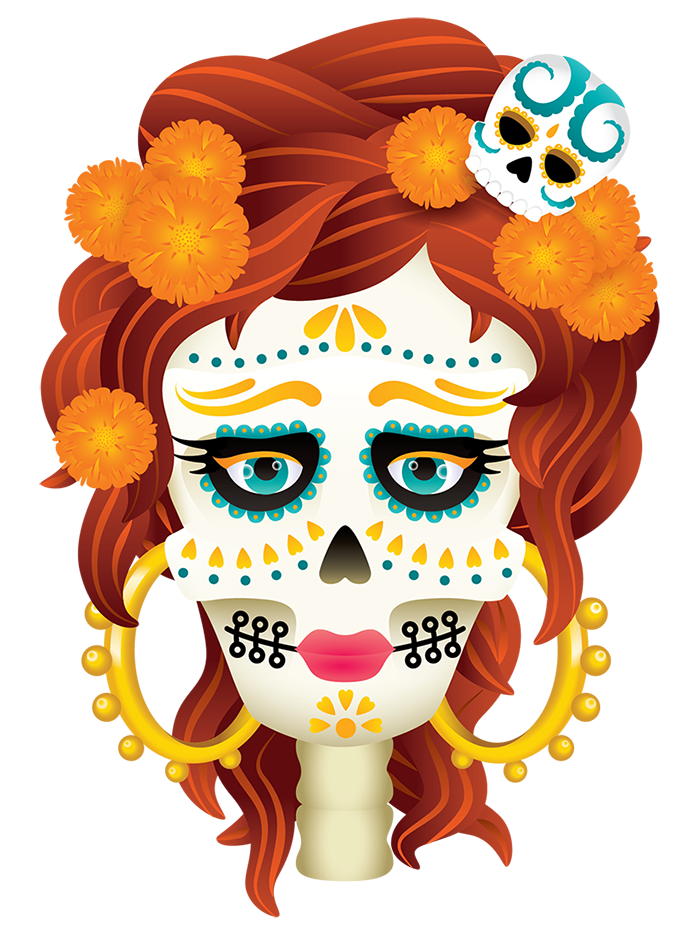
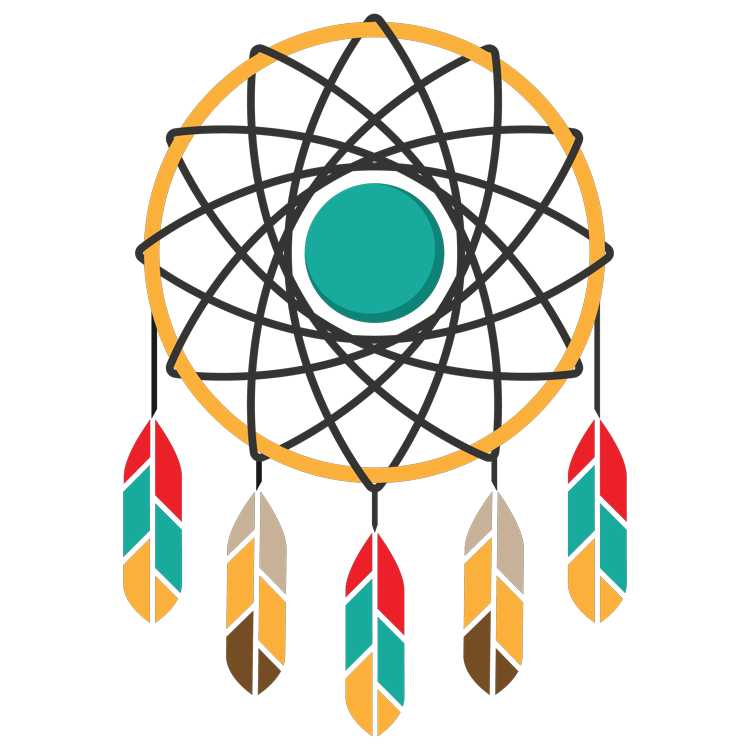
The Impact of Globalization on Indigenous Cultures
Globalization presents both opportunities and existential threats to indigenous peoples. While it can bring economic development and connectivity, it can also erode indigenous cultural identity and displace native populations from their traditional lands. Indigenous rights within the framework of international law, such as the United Nations Declaration on the Rights of Indigenous Peoples (UNDRIP), aim to protect these communities from the adverse effects of globalization.
